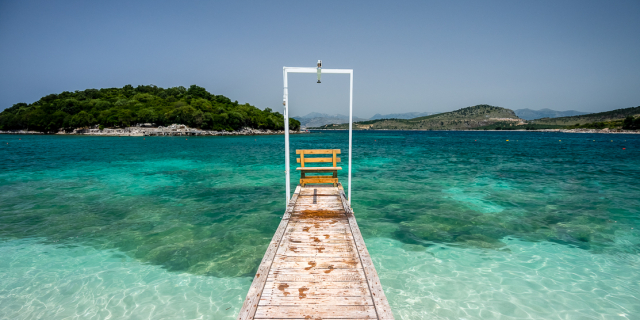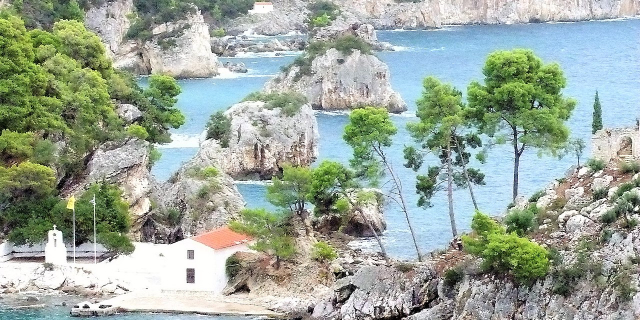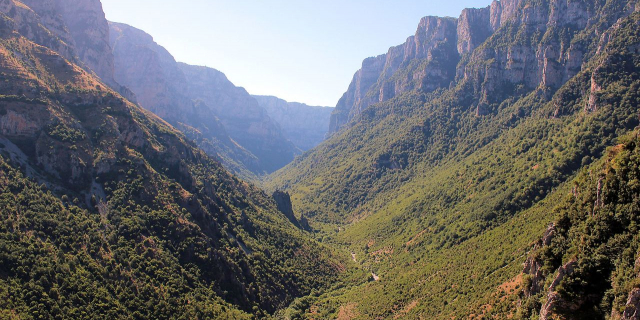Corfu (, also US: ) or Kerkyra (Greek: Κέρκυρα, romanized: Kérkyra, pronounced [ˈcercira] ; Ancient Greek: Κόρκυρα, romanized: Kórkyra, pronounced [kórkyra]; Medieval Greek: Κορυφώ, romanized: Koryfó; Latin: Corcyra) is a city and a former municipality on the island of Corfu, Ionian Islands, Greece. Since the 2019 local government reform, it is part of the municipalit...Read more
Corfu (, also US: ) or Kerkyra (Greek: Κέρκυρα, romanized: Kérkyra, pronounced [ˈcercira] ; Ancient Greek: Κόρκυρα, romanized: Kórkyra, pronounced [kórkyra]; Medieval Greek: Κορυφώ, romanized: Koryfó; Latin: Corcyra) is a city and a former municipality on the island of Corfu, Ionian Islands, Greece. Since the 2019 local government reform, it is part of the municipality Central Corfu and Diapontia Islands. It is the capital of the municipality and of the Corfu regional unit. The city also serves as a capital for the region of the Ionian Islands. The city (population in 2011: 39,674 residents and the whole island is 111,975) is a major tourist attraction and Greek regional centre and has played an important role in Greek history since antiquity.
The ancient city of Corfu, known as Korkyra, took part in the Battle of Sybota which was a catalyst for the Peloponnesian War, and, according to Thucydides, the largest naval battle between Greek city states until that time. Thucydides also reports that Korkyra was one of the three great naval powers of fifth-century-BC Greece, along with Athens and Corinth.[1] Medieval castles punctuating strategic locations across the city are a legacy of struggles in the Middle Ages against invasions by pirates and the Ottomans. The city has become known since the Middle Ages as Kastropolis (Castle City) because of its two castles.[2]
From 1386 to 1797, Corfu was ruled by Venetian nobility; much of the city reflects this era when the island belonged to the Republic of Venice, with multi-storied buildings on narrow lanes. The Old Town of Corfu has clear Venetian influence.[3] The city was subjected to four notable sieges in 1537, 1571, 1573 and 1716, in which the strength of the city defenses asserted itself time after time, mainly because of the effectiveness of the powerful Venetian fortifications. Will Durant claimed that Corfu owed to the Republic of Venice the fact that it was the only part of Greece never conquered by the Ottomans.[4]
In 2007, the old town of the city was inscribed on the UNESCO World Heritage List.[5][6][7] The municipal unit of Corfu city has a land area of 41.905 km2 (16.180 sq mi)[8] and a total population of 39,674 inhabitants. Besides the city of Corfu/Kérkyra, its largest other towns are Kanáli (population 4,086), Potamós (3,840), Kontokáli (1,660), Alepoú (3,149), and Gouviá (838).
































Add new comment